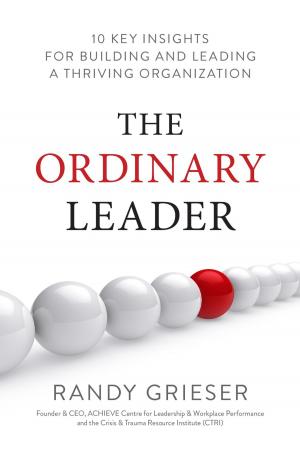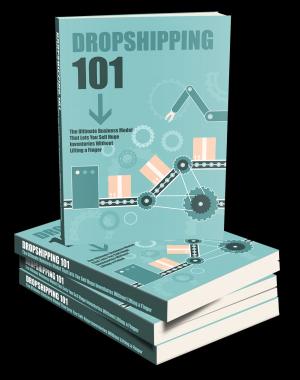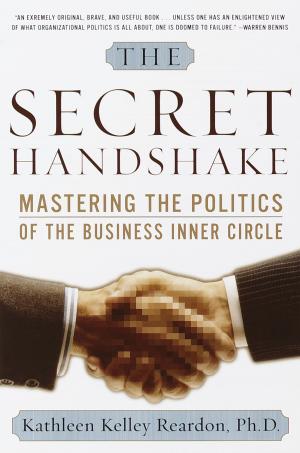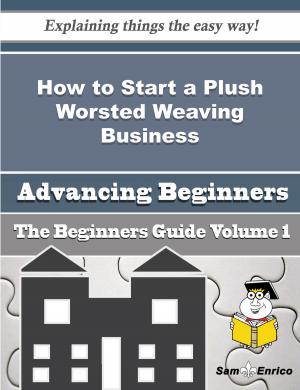Business Development: The Right Way
Business & Finance, Career Planning & Job Hunting, Small Business, Entrepreneurship, Entrepreneurship & Small Business| Author: | Earl R Smith II | ISBN: | 9781458078773 |
| Publisher: | Earl R Smith II | Publication: | March 30, 2011 |
| Imprint: | Smashwords Edition | Language: | English |
| Author: | Earl R Smith II |
| ISBN: | 9781458078773 |
| Publisher: | Earl R Smith II |
| Publication: | March 30, 2011 |
| Imprint: | Smashwords Edition |
| Language: | English |
More energy and effort is put into trying to figure out how to make business development work than any other management function; including advancing the technology that is at the heart of a company’s value proposition. There are plenty of books out that that deal with the technologies and tools of business development. This is not one of them. My focus is on the human interactions that accompany the development or expansion of a business development component of your senior management team.
Over the years, I have worked with dozens of CEOs. The vast majority of them have felt more confident about their company’s technology and technological edge than about its ability to generate an expanding customer base. One client put it this way, “Sure, there is always competition but the core of our management team is focused on delivering advances that keep the company’s value proposition ahead of its competition.”
Business development is another thing altogether. Most CEOs that I have worked with have, sooner or later, had a similar experience. Their value proposition was significantly better than the competition’s but they still ended up losing the business. In fact, very often the company that is best at business development is well back in the pack then it comes to innovation and cutting edge value propositions. But they win while other companies lose out to them. This is a CEO’s worst nightmare. “We were better than them but we lost out.”
The material for the book has been drawn from experiences with dozens of C-level executives, consultants and members of boards of directors and advisory boards. The goal of the book is to help you understand how to build an effective business development team and the value proposition behind advisory boards as business development engines.
More energy and effort is put into trying to figure out how to make business development work than any other management function; including advancing the technology that is at the heart of a company’s value proposition. There are plenty of books out that that deal with the technologies and tools of business development. This is not one of them. My focus is on the human interactions that accompany the development or expansion of a business development component of your senior management team.
Over the years, I have worked with dozens of CEOs. The vast majority of them have felt more confident about their company’s technology and technological edge than about its ability to generate an expanding customer base. One client put it this way, “Sure, there is always competition but the core of our management team is focused on delivering advances that keep the company’s value proposition ahead of its competition.”
Business development is another thing altogether. Most CEOs that I have worked with have, sooner or later, had a similar experience. Their value proposition was significantly better than the competition’s but they still ended up losing the business. In fact, very often the company that is best at business development is well back in the pack then it comes to innovation and cutting edge value propositions. But they win while other companies lose out to them. This is a CEO’s worst nightmare. “We were better than them but we lost out.”
The material for the book has been drawn from experiences with dozens of C-level executives, consultants and members of boards of directors and advisory boards. The goal of the book is to help you understand how to build an effective business development team and the value proposition behind advisory boards as business development engines.















